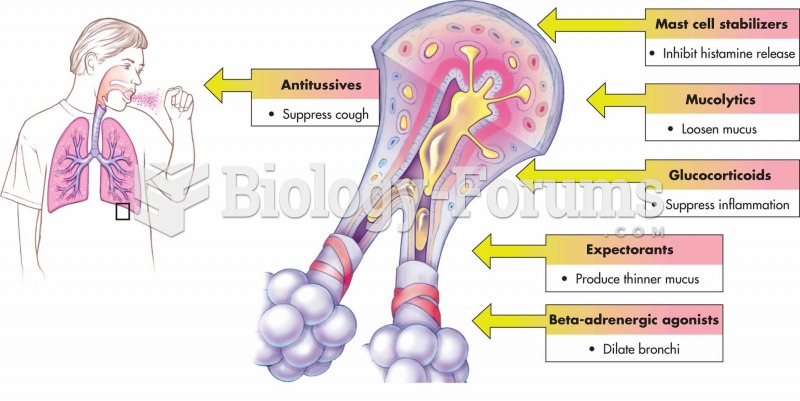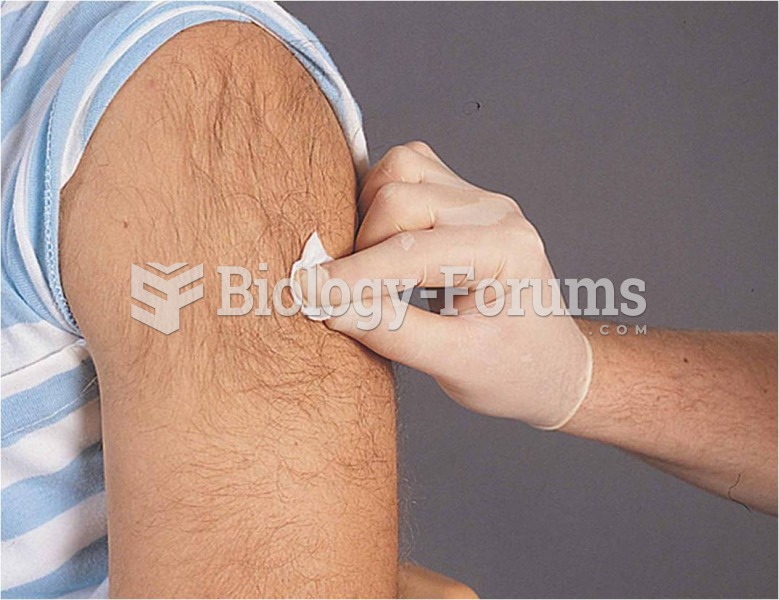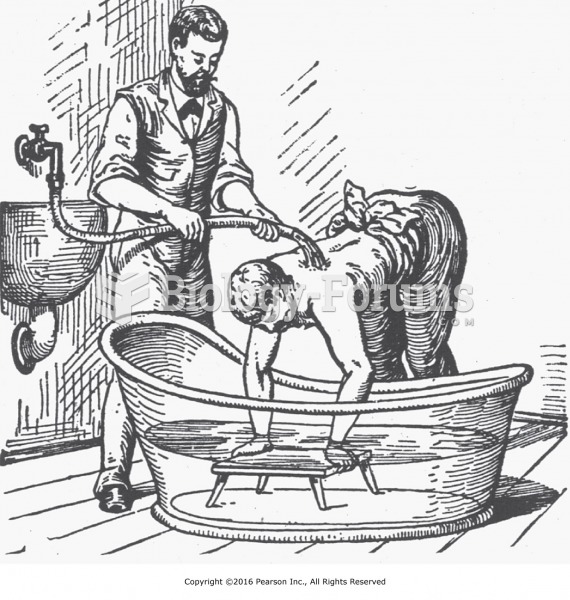Answer to Question 1
Physical dependency on practically any drug can be ended with a detoxification program. Psychological dependency is more difficult to end. To end the dependency, it is necessary for treatment programs to discover what psychological needs are being met for each user and then teach the user new (drug-free) ways to meet those needs. The following are some of the drug treatment programs available to treat drug addicts:
Inpatient Programs: Community mental health centers, specialized chemical abuse rehabilitation centers, and some medical hospitals provide inpatient treatment programs. Detoxification lasts from 24 hours to 3 weeks, depending on the severity of withdrawal. Additional inpatient care lasts 2 to 3 more weeks in a chemically free environment. Inpatient care is designed for those chemically dependent individuals who are unable to end the dependency while remaining in the community. Inpatient treatment is highly expensive.
Outpatient Programs: Outpatient care, which is usually less intense than inpatient care, generally lasts 3 to 6 months. It is designed for people who no longer need inpatient care, as well as for those who have a good chance of terminating their habit without having to be hospitalized. Outpatient care consists of counseling, medical services, and vocational services. Such services are provided by community mental health centers, specialized rehabilitation centers for treating chemical abuse, medical hospitals, and outpatient clinics for chemical abuse.
Halfway Houses: Halfway houses assist those who have been hospitalized (and detoxified) to reenter the community at their own pace. They also serve those who are psychologically dependent and want to kick a habit but do not need to be hospitalized. Halfway houses emphasize the importance of residents' assuming responsibility for their actions and behaviors.
Answer to Question 2
Many treatment programs are available for alcoholics who acknowledge a drinking problem. The best-known and most successful program is Alcoholics Anonymous (AA). It is a self-help group composed of recovering alcoholics. AA stresses the following precepts: (a) confessing to the group that one has a drinking problem, (b) recounting to the group past experiences with the drinking problem and plans for handling the problem in the future, and (c) phoning another member of the group whenever one feels an intense urge to drink. The person called will do whatever can be done to keep the caller dry, including coming over to stay with the person until the urge subsides. AA is widely recognized as the treatment approach that has the best chance of helping an alcoholic. Testimony to its value is that hundreds of other self-help groups with treatment principles based on the AA model have now been formed to deal with other personal problems.
There appear to be several reasons why such self-help groups are successful. The members have an intrinsic understanding of the problem that helps them to help others. Having experienced the misery and consequences of the problem, they are highly motivated and dedicated to find ways to help themselves and others who are fellow sufferers. The participants also benefit from the helper therapy principle, that is, the helper gains psychological rewards by helping others. From the viewpoint of new members who are still drinking, having people around who have successfully stopped provides role models of abstinence and gives them reason to believe that they too can break the grip of alcohol abuse.







